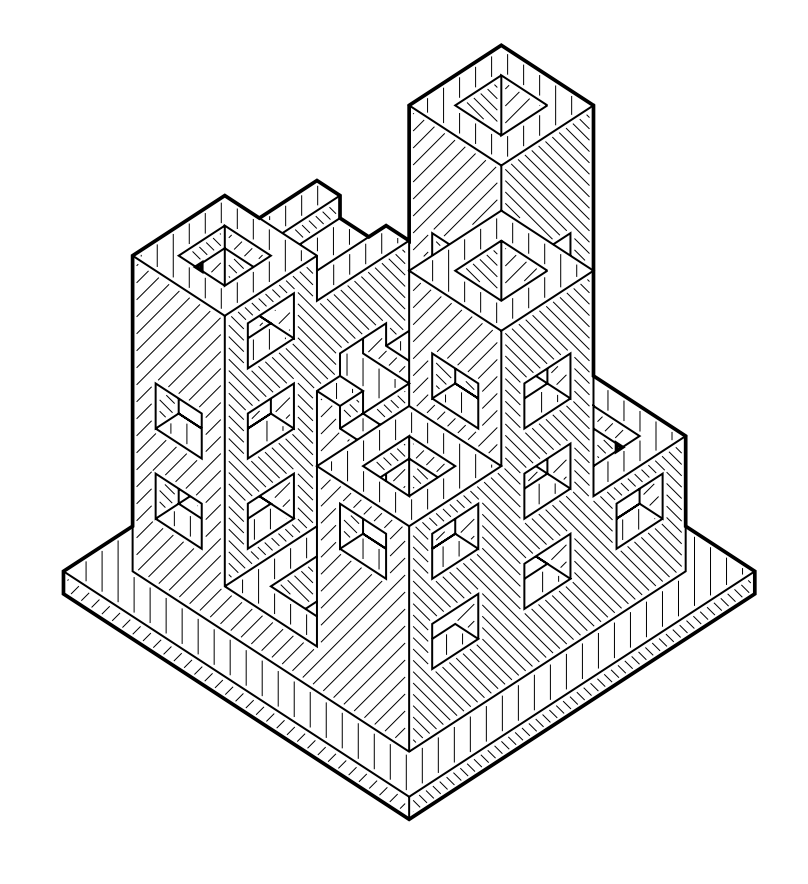three-plotter-renderer
An SVG renderer with occlusion for plotters and SVG editors
This package is a WIP: Try loading examples with a live development server.
Usage
This should be as simple as including ../dist/three-plotter-renderer.js as a script in the head of your HTML document after your three.js script include.
NOTE: This is a WIP and this will eventually be packaged for easy install in your projects.
Examples
The examples demonstrate usage of the packaged renderer in the ./dist directory. Please note it must be added after including three.min.js
Please check the ./examples folder and make sure they work for you.
Examples use an OrbitController and start unoccluded. More complex models take time and you may see a blank screen for a few seconds.
Usage as module
The ./tests directory demonstrates usage as a module. Importing ./src/three-plotter-renderer.js should work as long as you've also installed and imported three and js-angusjs-clipper as modules.
Model types
The renderer works best with CSG models. It does not support intersecting faces (touching is fine). Also, avoid stretched faces, and use multiple height/width/depth segments to get your faces as square as possible to prevent depth-fighting.
Adjusting hatching
If you follow the examples you can adjust hatching after rendering by using the <,> keys to switch groups, the [,] keys to adjust rotation, and the -,= keys to adjust spacing
Layers
The renderer will export an edges, outline, and shading layer, as well as a hidden polygons layer for use in Inkscape. These layers are only Inkscape-compatible and will come in as groups in other programs.
How it works
This renderer leverages the projector.js module from SVGRenderer to get a projected scene as an array of faces sorted by depth. The renderer then takes the faces and does the following:
- Put each face in a group of faces with the same normal and depth (distance from 0,0,0 world position)
- For each face, in order of depth, from back to front, union the projected polygon to the accumulated faces in that normal group.
- For that face, subtract the projected polygon from all other normal groups.
- Finally, union that face to the outline group.
- Proceed to the next-closest face and repeat from step 2.
You will end up with a set of polygons, each matching a planar section of your model. They will all fit together exactly, since they all were assembled from the same set of faces, just with different logic.
Contributions welcome!
There are a lot of developers out there who are smarter than me. I hope you can help me make this faster and more versatile!
